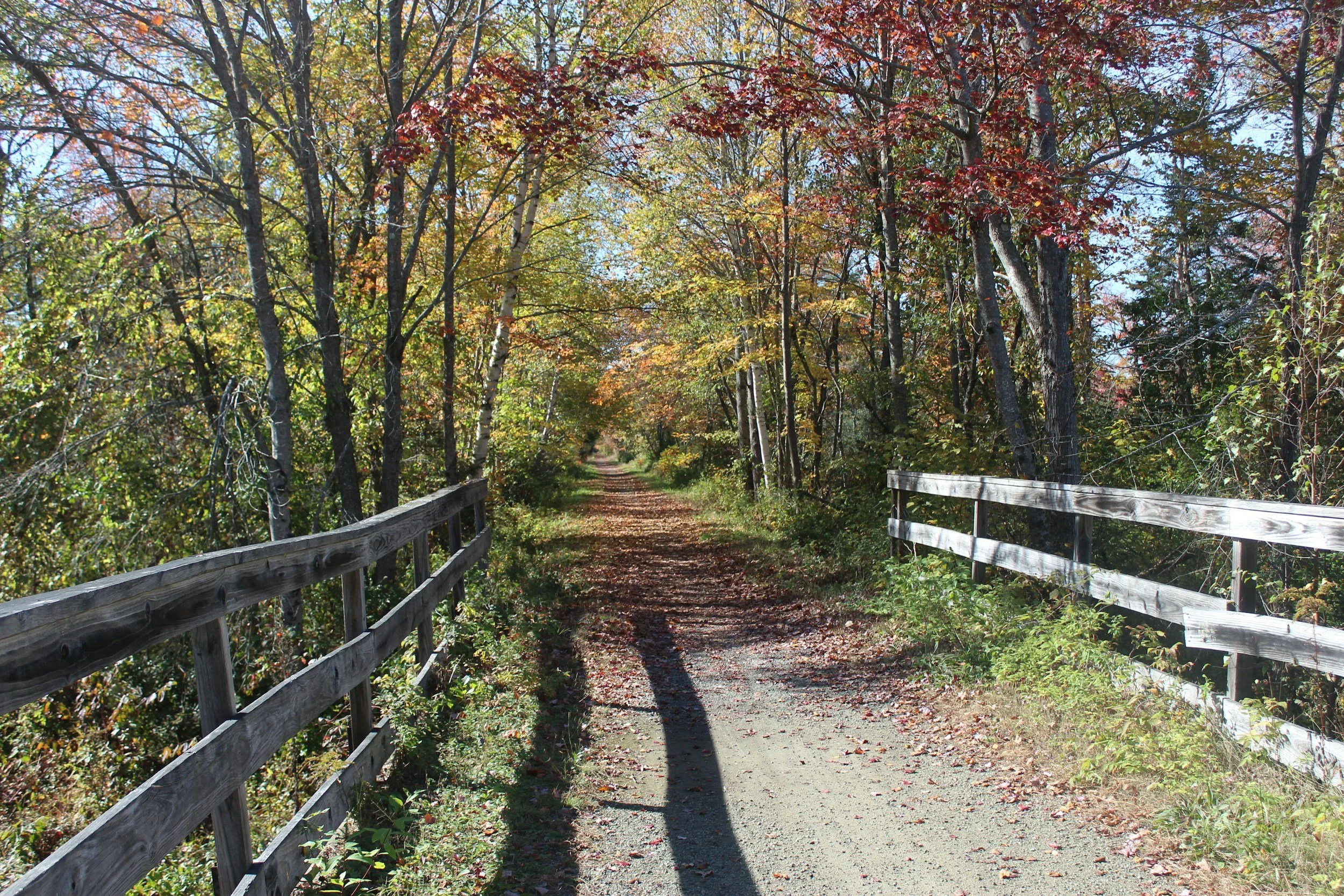🏃♀️ Trail Running: 101
If you’re looking to shake up your running routine, it might be time to hit the trails. Trail running offers a unique mix of challenge, freedom, and full-body engagement that road running just can’t match. But it also comes with its own demands — both physically and mentally.
Whether you’re new to trail running or looking to up your game this fall, here’s your Trail Running 101 guide, brought to you by the performance experts at Living Well Physical Therapy & Performance.
🌿 1. Why Trail Running Is a Game-Changer
Trail running challenges your muscles, lungs, and mind in ways pavement running doesn’t. Uneven surfaces, hills, and variable terrain require more balance, coordination, and strength, especially in your hips, ankles, and core.
Here are a few of the top benefits:
Improved joint stability – Your stabilizers (ankle, knee, hip) get a true workout.
Enhanced balance and proprioception – Every step teaches your body to adapt.
Reduced impact – Softer ground = less stress on your joints.
Better mental health – The combination of nature, rhythm, and fresh air is unmatched for reducing stress and improving mood.
🦵 2. Strength First: Preparing Your Body
Before logging miles on uneven terrain, you’ll want to make sure your lower body and core strength are dialed in.
As physical therapists, we often see runners jump straight into trail mileage without prepping for the demands of uneven terrain — and that’s when injuries happen.
Key strength moves to add 2–3x per week:
Single-leg Romanian deadlifts (RDLs) – For glute and hamstring stability.
Lateral step-downs – For knee control on descents.
Side planks with leg lifts – For core and hip strength.
Calf raises and eccentric drops – To protect your Achilles and improve push-off strength.
💡 PT Tip: Focus on single-leg strength. Trail running is essentially a series of one-legged landings and push-offs.
👟 3. Gear Up Wisely
Trail running shoes differ from road shoes in one key way: traction. Look for a shoe with a grippy sole, good midfoot support, and a secure upper to keep your foot stable on uneven ground. Check out the various trail shoes at our partners, Performance Running Outfitter or Good Miles.
Other gear considerations:
Lightweight hydration pack or belt
Moisture-wicking layers
Trail socks with reinforced toes and heels
Optional: Trekking poles for steep climbs or long runs
💡 PT Tip: If you have a history of ankle sprains, choose a shoe with a slightly higher collar or more structured support through the midfoot.
🗺️ 4. Start Smart: Progression Matters
Transition gradually. Start with shorter runs (2–3 miles) on mild trails to let your body adapt. Alternate trail and road runs for the first few weeks to balance the new demands on your muscles and joints.
Avoid steep or rocky trails early on.
Walk the climbs until your endurance builds.
Don’t chase pace — trail running is more about effort than speed.
💡 PT Tip: Expect your pace to drop by 1–3 minutes per mile compared to the road — and that’s perfectly normal!
💥 5. Preventing Common Trail Injuries
The most common issues we see in trail runners include:
Ankle sprains from uneven footing
Knee pain (runner’s knee or IT band issues) from downhill strain
Achilles or calf tightness from steep climbs
To stay healthy:
Warm up before every run (think dynamic mobility: leg swings, walking lunges, hip circles).
Cross-train with strength and mobility work 2–3x per week.
Recover well — hydration, stretching, and adequate rest days are key.
If you do start to feel pain that doesn’t improve after a few days, it’s best to get assessed early by a Doctor of Physical Therapy. Early intervention can prevent small irritations from turning into full-blown injuries.
🌞 6. Our Favorite Local Trails Around MKE
If you’re in the Milwaukee area, check out these local gems to get started:
Lapham Peak (Delafield) – Great mix of elevation and soft terrain.
Scuppernong Trails (Eagle) – Long, rolling loops through Kettle Moraine.
Seven Bridges Trail (South Milwaukee) – Scenic and beginner-friendly.
💪 At Living Well PT, Our Goal Is Simple
We help athletes stay active — optimizing recovery, performance, and injury prevention so you can do the things you love, for life.
If you’re ready to take your trail running to the next level or you’re dealing with a nagging injury that’s holding you back, our team of Doctors of Physical Therapy can help you move better, recover faster, and perform stronger.
👉 Schedule a Performance PT session or Strength & Conditioning consultation today:
www.livingwellpt.co


